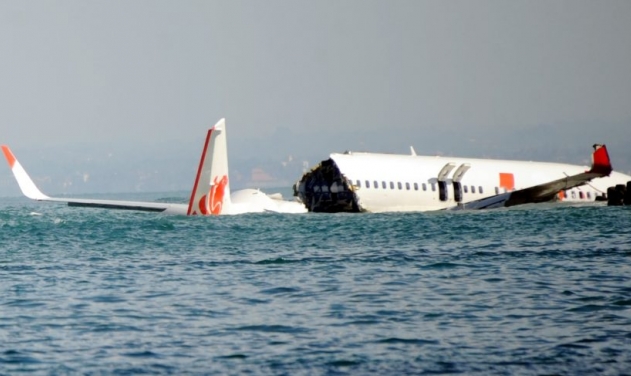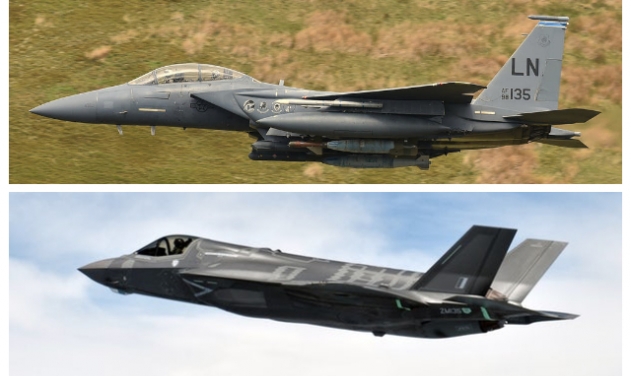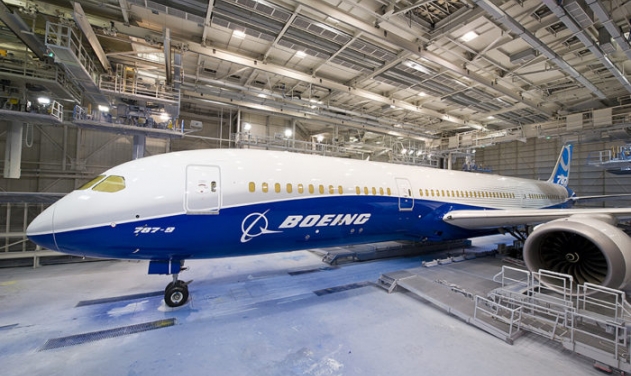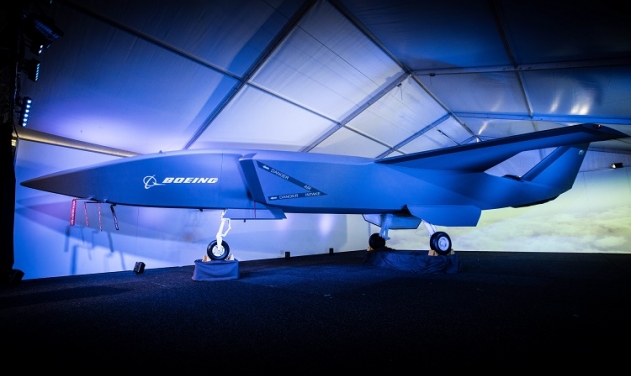Boeing Developing Software Update to Manage 737 MAX Woes

Boeing has been developing a flight control software enhancement for the 737 MAX for the past several months and in the aftermath of Lion Air Flight 610 crash “designed to make an already safe aircraft even safer.”
This includes updates to the Maneuvering Characteristics Augmentation System (MCAS) flight control law, pilot displays, operation manuals and crew training. The enhanced flight control law incorporates angle of attack (AOA) inputs, limits stabilizer trim commands in response to an erroneous angle of attack reading, and provides a limit to the stabilizer command in order to retain elevator authority, a Boeing statement said yesterday.
Boeing has been working with the Federal Aviation Administration (FAA) on development, planning and certification of the software enhancement, and it will be deployed across the 737 MAX fleet in the coming weeks. The update also incorporates feedback received from our customers.
A pitch augmentation control law (MCAS) was implemented on the 737 MAX to improve aircraft handling characteristics and decrease pitch-up tendency at elevated angles of attack. It was put through flight testing as part of the certification process prior to the airplane entering service. MCAS does not control the airplane in normal flight; it improves the behavior of the airplane in a non-normal part of the operating envelope.
The FAA says it anticipates mandating this software enhancement with an Airworthiness Directive (AD) no later than April. We have worked with the FAA in development of this software enhancement. The FAA is not mandating any further action at this time, and the required actions in AD2018-23.5 continue to be appropriate.
Boeing’s 737 MAX Flight Crew Operations Manual (FCOM) already outlines an existing procedure to safely handle the unlikely event of erroneous data coming from an angle of attack (AOA) sensor. The pilot will always be able to override the flight control law using electric trim or manual trim. In addition, it can be controlled through the use of the existing runaway stabilizer procedure as reinforced in the Operations Manual Bulletin (OMB) issued on Nov. 6, 2018.
Additionally, a Boeing technical team is at the crash site of the Ethiopian Airlines Flight 302 to provide technical assistance under the direction of the Ethiopia Accident Investigation Bureau and US National Transportation Safety Board. It is still early in the investigation, as we seek to understand the cause of the accident.













